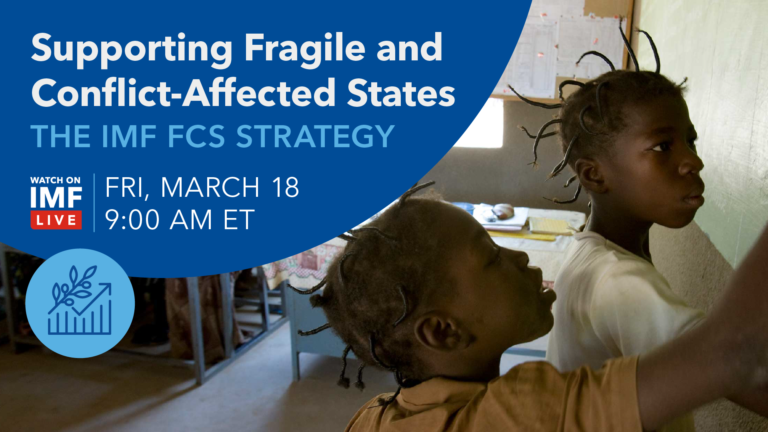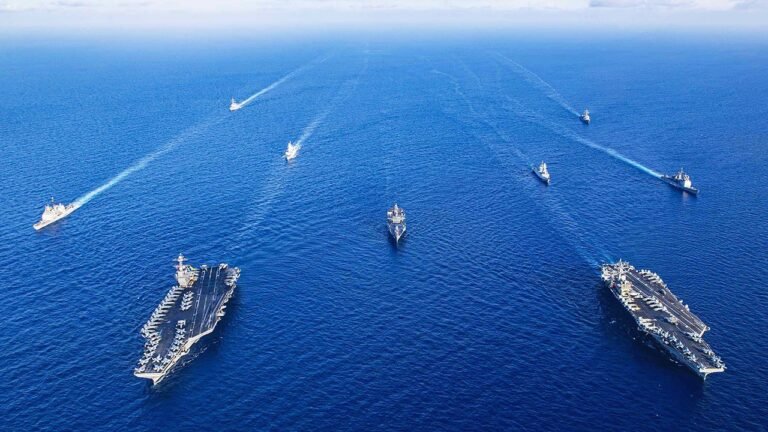
Politics, Conflict, and Media: How to Navigate Challenges and Opportunities
Introduction
The intersection of politics, conflict, and media is a complex and evolving landscape. It presents both numerous challenges and unique opportunities for stakeholders, including policymakers, corporations, and the general public. This report delves into how to navigate these challenges and seize the opportunities, drawing from a range of sources that discuss the implications of digital advertising, political risks, technological governance, and conflict resolution.
The Evolving Media Landscape
Ahmad Usama in his article, The Evolving Landscape of Media: Navigating Challenges and Opportunities, highlights the dual nature of the current media environment. On one hand, media faces significant challenges such as misinformation, political biases, and the rapid pace of technological change. On the other hand, there are promising opportunities particularly through innovative technologies. Usama suggests that the future of media will likely be shaped by how well stakeholders can harness these technologies to create more engaging and reliable content (Usama).
Political Risks and Corporate Strategy
Witold Henisz provides a comprehensive analysis of how companies can navigate political risks in his article on the Wharton Knowledge website. Henisz notes that companies often struggle with political risks due to their reactive or ad hoc approaches. He argues for a more proactive strategy that includes understanding the political and social environment before making significant investments. Henisz emphasizes the importance of supply chain resilience and the need for parallel supply chains to mitigate political risks, particularly in volatile regions like China (Henisz).
Governance Challenges in Technology
A report by the Carnegie Endowment for International Peace discusses the governance challenges posed by new technologies, including artificial intelligence and autonomous weapons. The report underscores the necessity of creating governance structures that can adapt to fast-evolving technological landscapes. It also highlights the role of international cooperation in crafting regulations that balance innovation with security and ethical considerations (Carnegie Endowment).
Conflict Resolution Strategies
Kathy Caprino, in her Forbes article, outlines three key strategies for resolving conflicts more productively. She identifies the “3-A” trap—attack, avoid, and accommodate—as common but ineffective responses to conflict. Instead, Caprino advocates for approaches that promote understanding, empathy, and constructive dialogue. These strategies are crucial not just in personal conflicts but also in navigating the broader conflicts that arise in the intersection of politics and media (Caprino).
Digital Advertising Amidst Political and Conflict Backdrops
An article from The Drum explores how digital advertising is evolving in the context of political conflict and media challenges. The piece discusses how advertisers are adapting their strategies to navigate these turbulent waters, focusing on transparency, ethical advertising, and leveraging data analytics to better understand their audiences. The article suggests that those who can successfully navigate these challenges will be well-positioned to capitalize on the opportunities in digital advertising (The Drum).
Conclusion
Navigating the challenges and opportunities at the intersection of politics, conflict, and media requires a multifaceted approach. Stakeholders must be proactive in understanding the political landscape, adaptive in leveraging new technologies, and strategic in conflict resolution. By focusing on these areas, they can not only mitigate risks but also harness the opportunities that this complex landscape presents.
Works Cited
- Usama, Ahmad. “The Evolving Landscape of Media: Navigating Challenges and Opportunities.” LinkedIn, https://www.linkedin.com/pulse/evolving-landscape-media-navigating-challenges-ahmad-usama.
- Henisz, Witold. “How Companies Can Navigate Political Risks Successfully.” Knowledge@Wharton, https://knowledge.wharton.upenn.edu/article/companies-can-successfully-navigate-political-risks/.
- “New Tech, New Threats, and New Governance Challenges: An Opportunity to Craft Smarter Responses.” Carnegie Endowment for International Peace, https://carnegieendowment.org/2019/08/28/new-tech-new-threats-and-new-governance-challenges-opportunity-to-craft-smarter-responses-pub-79736.
- Caprino, Kathy. “How To Reduce And Resolve Conflict In 3 Key Ways.” Forbes, https://www.forbes.com/sites/kathycaprino/2024/02/20/3-key-ways-to-engage-in-more-productive-discourse-in-times-of-conflict/.
- “Politics, Conflict and Media: How to Navigate Challenges and Opportunities.” The Drum, https://www.thedrum.com/news/2024/01/30/politics-conflict-and-media-how-navigate-challenges-and-opportunities.













+ There are no comments
Add yours